Down to Earth: Oxford’s Local Food Movement
As a UK native, there’s something so satisfying to me about British food – and it’s not just a nostalgia thing. While there are certain dishes that will always remind me of my grandparents, Christmas at home, and cosy nights in the pub, I’d argue that enjoyment of this grub goes well beyond a personal sense of national pride and identity. It’s hundreds of years of cultivating the richest, heartiest, warmest dishes to fill our nation’s tables and help us fend off the rain, winds, and winters. British food is fuel food – ultimate comfort food – and not only is it linked to the weather, but intrinsically tied to the fertile soil that rolls over our thousands of miles of countryside.
Currently calling the middle of no where in southwest England home, this countryside is inescapable for me. Drive two minutes down the road from my house and you’re right in the thick of it. It’s being in this environment that made me start thinking about our relationship with food and drink as British people. While we love our supermarkets just as much as any country this developed, many of us are suckers for a good farmers’ market and the produce we can pull right out of the ground just minutes away from home.
It was during my exploration of Oxford that I discovered more of this movement, inspiring me to talk to a number of restaurants and cafes around the city that have put local food and produce at the very forefront of their missions, and in most cases well before profits. Oxford is one of a number of cities in the UK holding a torch for the local food and drink trend. The more I looked into it the more it became clear why the city is so perfect for travellers looking to dive into local, sustainable, British produce, as well as find the people who know how to cook it – and cook it well.
Oxfork
Oxfork began as an underground supper club run by two friends with a passion for good food – a very apt start for what is now one of the coolest spots in East Oxford. Upholding a strict principle of serving locally-sourced, sustainable dishes, Oxfork is packed full of local produce; on their menus and lining the shelves in their small retail section. The cafe is garnished with paper creations alongside retro furniture nailed to the walls, decoration for the never-ending flow of curious customers that pass over the threshold. Most come for the brunch served up seven days a week – perfect for those mid-week drinking students – but Oxfork’s popularity has grown so much that it’s now open Thursday, Friday, and Saturday evenings for dinner.
I popped by Oxfork on a Saturday lunchtime, and to the hum of lunching locals as my soundtrack I admired the tin teapots dotted on tables around me and the chandelier made entirely of forks that hung from the ceiling. Once I’d ordered my gammon steak with Oxford Sauce jus, bubble and squeak, and wilted spinach, manager Clare came to have a chat and we talked about why local food and drink in Oxford is on the rise.
‘I think Oxford is a great place for it’, Clare explains. ‘In the last few years there have been more independent cafes and shops opening. Certainly everyone I know looks for local food when they’re eating out.’ This shows not only in Clare’s words and her personal experience of local food in Oxford, but also in the fact that Oxfork also serves as a local shop. ‘People come in just for our retail products too.’ Gingerly resting her hand on a two-foot stack of full egg pallets, Clare shows me through the produce you can pop in to buy at Oxfork. ‘We have eggs, fresh bread, all these condiments, honey, coffee, tea, and more.’ All local.
At its very roots, Oxfork is a social, community-led project. ‘What’s nice about this scene in Oxford is that we have a network of people to connect with’, says Clare. Oxfork is part of this web of establishments working towards similar goals, places that use the same suppliers to keep the local economy going. In short, they’re in good company.
Tucking into my lunch, salty flavours whipped over my tongue in a way only a really good gammon steak can, the Oxford Sauce jus an ideal kick as an accompaniment. I glanced at their dinner menu afterwards – ‘Pork and roasted garlic rillette with pickles and toast’, ‘Smoked Bibury rainbow trout with caper and horseradish dressing’, ‘Pear, Chantilly and almond crumble fool’.
Oxfork – I’ll be back.
Vaults & Garden
It’s easy to see why people like eating at Vaults & Garden, and on first glance it’s not because of the food. Calling University Church home, right in the centre of Oxford, Vaults & Garden’s domed ceiling with wooden beams is reason alone to visit. Its setting feels English, quintessentially Oxford, grand and stately. You might expect fine dining in such a noble setting, but Vaults & Garden like to keep their feet on the ground – and closer to home.
‘We’ve traded with Worton Organic for 10 years, Sandy Lane for 10 years, and Willowbrook for 12 years – all Oxfordshire fruit, vegetable and herb and egg suppliers.’ owner William tells me. So mindful of organic produce are they at Vaults & Garden that they even take into account the food that the livestock are eating at the farms they purchase from. For this reason they serve lamb and beef more than pork or chicken – the latter are usually fed imported products and are thus increasing food miles more than you might realise.
That said, it’s not all exclusively local at Vaults & Garden – it can’t be 100% for most of these places because some things you just can’t get in the area – but they do what they can to make sure they source locally as much as possible. Pulses and grains are bought from European countries instead of Asia, and national UK-based suppliers are used for seasonal short falls when it can’t be avoided. Vaults & Garden are certainly setting a good example wherever they can, and having spoken to William about the subject, I can see how passionate and informed he is. ‘It is our job in the west [the western world] to show by example that local food is a positive and desirable thing’, William explains. ‘We are going back to our roots.’
I stopped by Vaults & Garden for coffee and cake, and sat under the cafe’s imposing arches as I watched people roll in and out in a constant stream. Set out like a diner, customers pick up a tray and move along a line, eyeing up dishes laid out to try. Soups and salads, rich, filling mains and piles of desserts. Open for breakfast, lunch, and afternoon tea, it’s hearty and authentic food – very English in more ways than one.
Turl Street Kitchen
‘There are many restaurants in Oxford that claim to source their produce locally, but having worked in so many I can say that’s not entirely true. We open to the public at 8am, the attending manager is here at 7am, and between those hours all our produce for the day arrives. It’s nice to see a farmer with a giant cut of meat over his shoulder knock on our door in the morning.’ – Javier, general manager of Turl Street Kitchen
Turl Street Kitchen (TSK) was the initial inspiration behind this article. A couple of years ago I was in Oxford with a friend and she explained to me their concept – each day the chefs receive fresh, seasonal produce from local farmers and suppliers, and create the day’s menu from scratch based on whatever they’re given. Ask a waiter one day what will be on the menu tomorrow and they won’t be able to give you an answer. Two years ago we couldn’t get a table because it was so busy, so I vowed to come back.
It’s not rare that you’ll be denied a table at TSK. Once I managed to grab one this time around – a Wednesday lunch time – I sat by the door watching as people were coming in and out every few minutes. The smart ones booked ahead, of course, and the waiting time for others was at that point around 45 minutes. If I had to pick one of these places as a good representation of how much people in Oxford love local food, it would be TSK. The sheer volume of people wanting to eat here is testimony to that alone, but it’s also the kind of customer it attracts.
‘We get a lot of people asking a lot of questions’, Javier explains. ‘Things like ‘Where does this dish come from? Is it organic?’ and others that are more difficult to answer. People are mindful of the seasons here. They won’t come here in winter and expect to see strawberries on the menu, for example, because they already know it’s not the season for strawberries. We also get a huge amount of vegetarians and vegans.’
TSK customers know what they want and what to expect when they come here, thanks to the restaurant’s clear message. One of the first things Javier mentioned to me was that ‘everything is based around our strong ethos.’ Local, sustainable, affordable dining and a social enterprise.
It might sound like it’s all sunshine and rainbows for TSK, but regardless of their popularity they still can’t compete with high street restaurants in terms of profits, because they favour their values above anything else. They could raise their prices (mains cost a very reasonable maximum of £13 – extremely well-priced if you consider the quality) but it’s not what TSK are about, and they intend to keep it that way. In fact, all of TSK’s profits go to Oxford Hub, their student-centred charity that’s based above the restaurant. Times can be hard, but TSK refuse to compromise.
Skimming down the lunch menu on the day of my visit, I couldn’t help but drool at all the wintery roasted veg and tender meats on offer. Ordering free range chicken with root vegetables and dumplings, plus a glass of Three Choirs dry white wine from nearby Gloucestershire (the first English wine I’ve ever tried and judging by the taste it won’t be the last), I sat back and soaked it all in. As I took my first bite into that buttery, rich chicken that slipped effortlessly from the bone, it was clear that that two-year wait had been well worth it.
Breweries
I would consider it criminal not to try a pint of real ale while your travelling in England and to go one step further than that, a local real ale. During my time in Oxford I got the chance to speak to Ed of The Shotover Brewing Company, a craft business based in the village of Horspath, a few miles from the centre of Oxford. As a brewing company with no intention of expanding their distribution outside of Oxfordshire (barely even outside of the ring road that loops around the city, in fact), Shotover Brewing is as local as you can get in terms of craft beer in Oxford.
‘Oxford is the perfect place for our business model’, Ed explains. ‘It’s like a small version of London. Full of interesting people looking for interesting things.’ These are the kind of people that search for local beers, and while it’s not going to make Shotover Brewing a roaring success overnight, the company has grown slowly but steadily over the years with an annual increase in business of around 25%.
Ed likes to run a tight ship and keep things personal. ‘We make our own beer, but we also bottle and deliver it ourselves, as well as go back to collect the empties. Delivery costs are low, and service levels are high.’ Shotover Brewing is a local business through and through.
The brewery produces four different beers that are distributed in both bottles and casks to shops and pubs around Oxford. Varieties range from Prospect, a hoppy pale ale, Trinity, a golden beer with an ‘intense citrus hoppiness’, Scholar, which goes down like a classic English bitter, and Oxford Porter, a dark, rich, and smooth brew.
alia causa ad urbem Oxoniensem visitandum
– Latin for ‘Another good reason to visit Oxford’, a phrase used on Shotover Brewing’s promo materials
Shotover isn’t the only local brewer in town, of course. On a sunny Saturday out in Sandford-on-Thames, a village just south of Oxford’s centre, I had the opportunity to speak to Kurt from LAM Brewing – the new kid on the block. I managed to track these guys down right at the beginning of their journey; LAM Brewing has only been official for a matter of months but founder Kurt has been studying the art of brewing for a number of years. Now armed with all the right expertise (and all the pesky paperwork that goes along with setting up a brewery), Kurt is on a mission to turn a dream into a reality, and well on his way with a successful start.
‘We made a batch of our three brews and took them to the market to sell just before Christmas (2014). We sold every single bottle,’ says Kurt. This was LAM Brewing’s first run in the outside world, having worked with focus groups last year in order to get feedback and try to perfect their recipes. Kurt told me all about his vision for LAM Brewing and the research he’s putting in to make it successful, which includes visits to other breweries around the country and various brewing courses to make sure they’re always evolving. These guys are not kidding around, I thought.
That’s the difference I see between Shotover and LAM, that the former pride themselves on masters of the traditional brew, whereas Kurt spoke a lot about the future of brewing in Oxford and the gap in the market he’s looking to fill. ‘I think what Oxford needs is the hoppy, edgy beer that we’re making’, he explains. Even LAM’s branding, a pop-art picture of a cheeky monkey, attracts a younger crowd and it’s Oxford’s 30,000-strong student community that Kurt is thinking of trying to tap into. Not exclusively, of course, but it’s just one opportunity that Kurt is looking to take. The future’s golden (and hoppy, and delicious) for Oxford’s craft brew industry.
For the minute, however, LAM Brewing is still very small, only selling at a few local markets. It’s so small in fact that Kurt is currently still brewing in his own kitchen, and on the day of my visit he was in full swing. I watched and listened as he explained the full process to me – adding and mixing ingredients to various different buckets and boilers, checking temperatures every few minutes to make sure things were just right. ‘It’s chemistry more than anything else’, Kurt tells me.
The final products are LAM’s three signature brews – Happily Indian Summer, a light pale ale, Happily AMBA, a quality bitter with lots of malt and hops, and Happily NYK, which is hopped-to-the-max. Look out for these at Oxford’s markets in coming years – you’re going to want to pick up a bottle or two (or ten).
Markets & Produce Shops
Looking right back to the roots of where the local food movement in Oxford really began, it was a unanimous opinion from everyone I spoke to that it started with Oxford’s farmers’ markets. If you happen to be in town at the weekend, you’ll be able to find numerous farmers’ markets at which you can buy all kinds of local produce, from fruits and vegetables to local cheeses and brews. Among the most famous are South Oxford Farmers’ Market, Wolvercote and North Oxford Farmers’ Market, and East Oxford Farmers’ Market. These names came up time and time again as the pioneers of local food in Oxford, starting around seven years ago and really taking off a couple of years after that. As William from Vaults & Garden explains, ‘Now, many more farmers’ markets have become very busy giving great trade to growers, in turn encouraging them to grow and have fun.’ These are a cherished part of Oxford’s community.
If you don’t find yourself fortunate enough to be in Oxford on market day, check in at 2 North Parade for local produce – a charming shop selling all kinds of goodies. Any cheese lover will find themselves in a state of euphoria here. Locals potter in and out of the shop all day, picking up bits and pieces for their dinner tables, fresh and sustainably-sourced. I filled my shopping bag with creamy goat’s cheese from Witney and red onion marmalade from East Hanney (both Oxfordshire villages), blue goat’s cheese from Devonshire, and a miniature pork pie for good measure. Most is sourced from the Oxfordshire area, but there are bits and pieces from around the country also – which, when it comes to cheese, is fine by me. Few better places than 2 North Parade exist in Oxford for picnic supplies.
Oxford is a city for the curious. The medieval streets that weave through the centre offer a maze to explore for those willing to get lost, and high street stores stand shoulder-to-shoulder with independent retailers selling something a little different.
The same story goes for the city’s food; you’ll find all the common chain restaurants dotted across town, but those willing to dig a little deeper will uncover the establishments that truly represent what it is to eat in Oxford and Oxfordshire. These are the places that serve the kind of food and drink people have been producing and consuming here for hundreds of years, and when this much passion goes into its preparation – as well as a strong focus on principles above profits – the outcome can be nothing but a mouth-watering success.
What is the local food movement like where you live?
Which of the above places would you like to visit in Oxford?

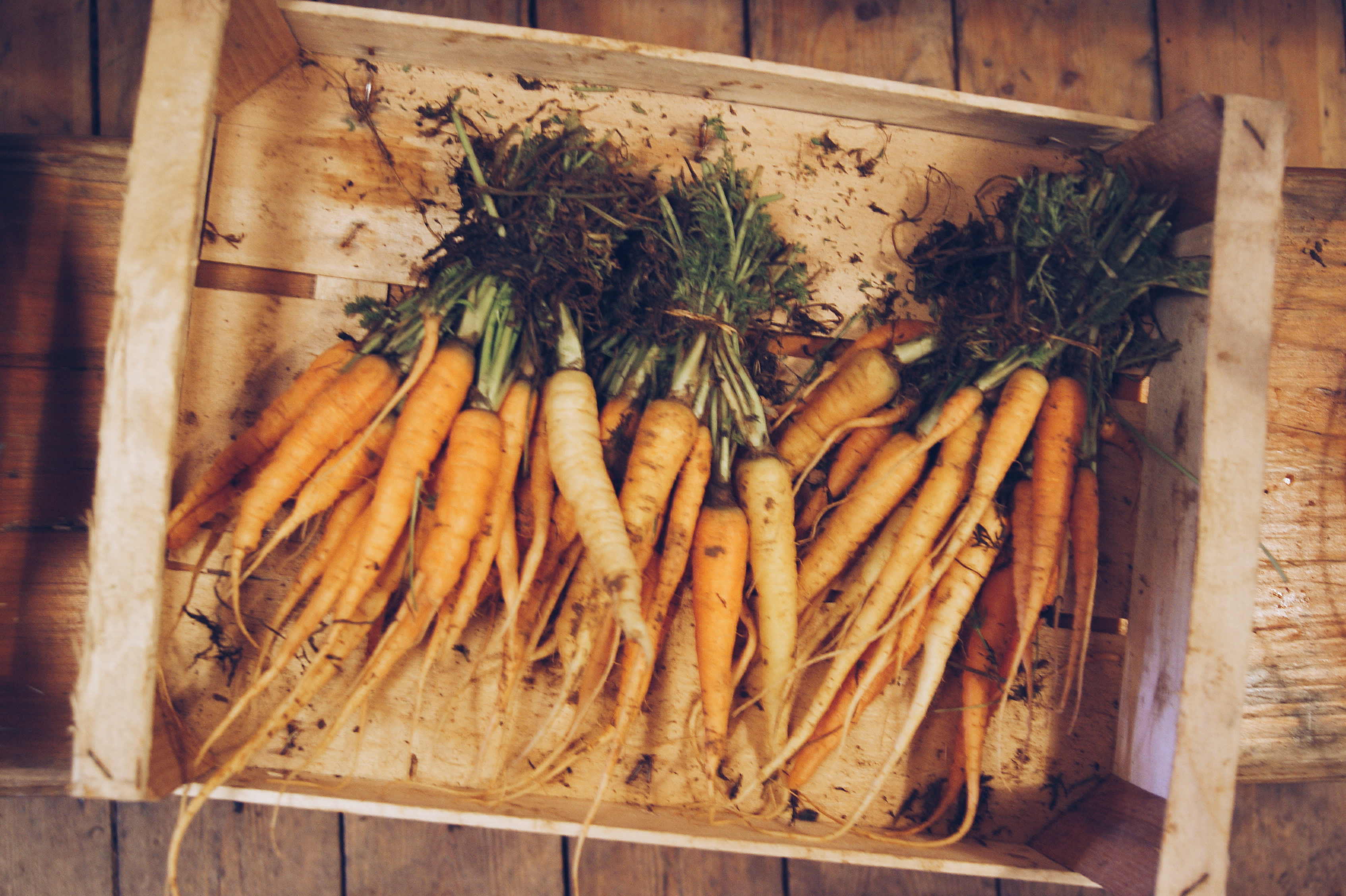


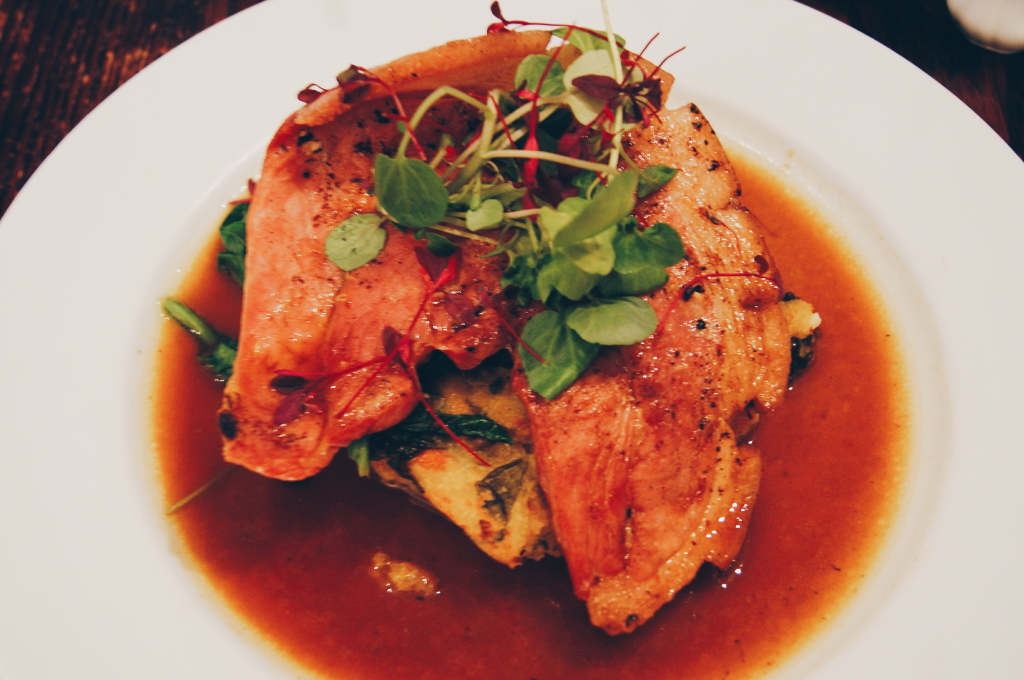

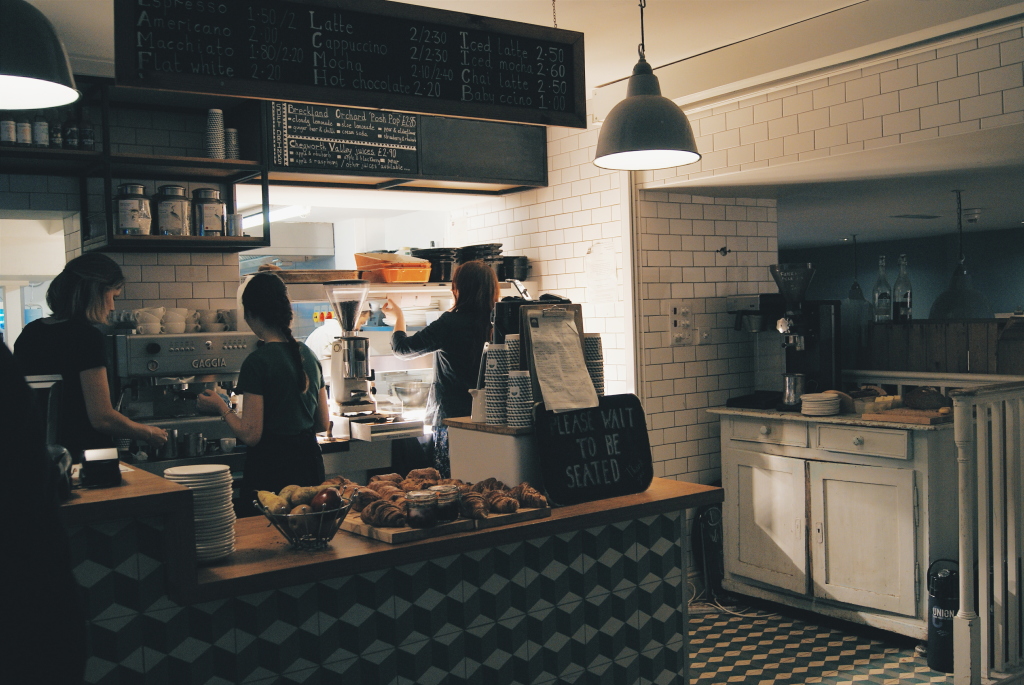
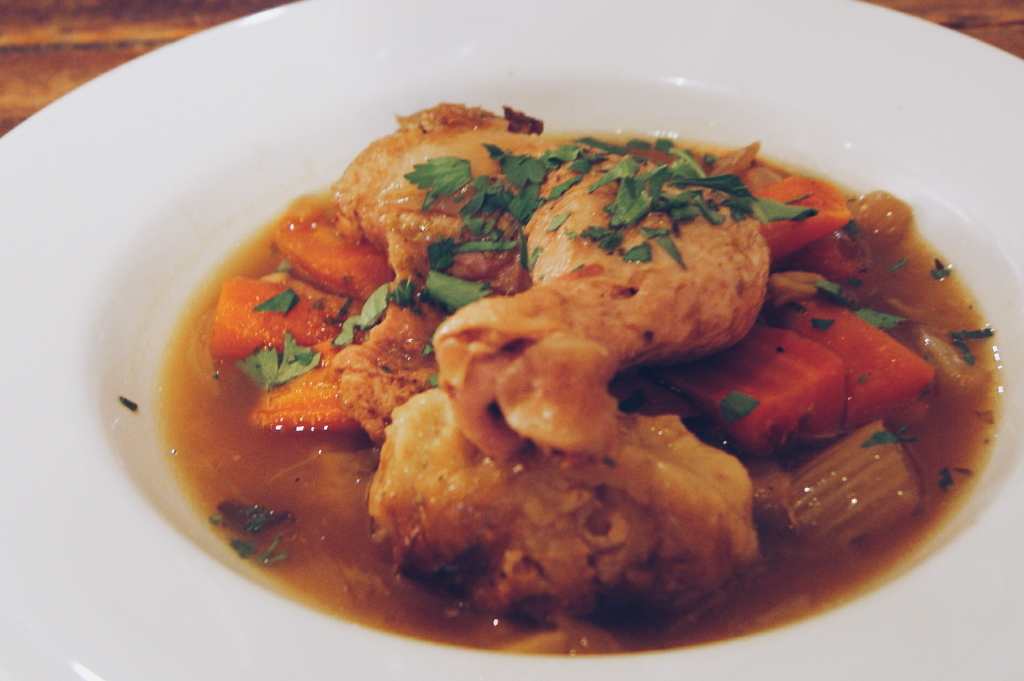
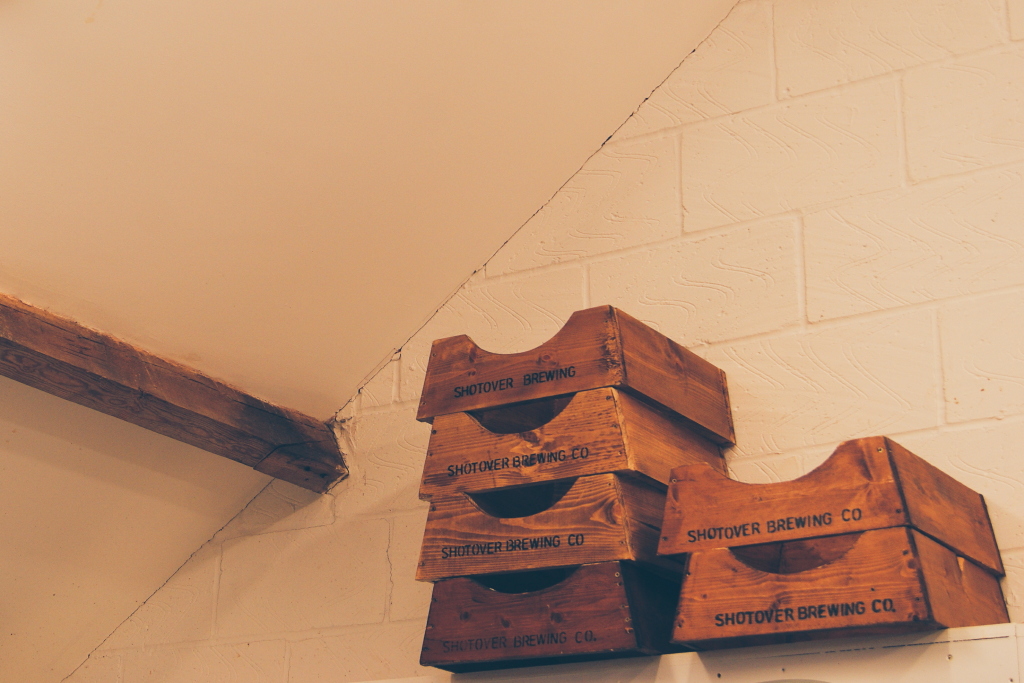


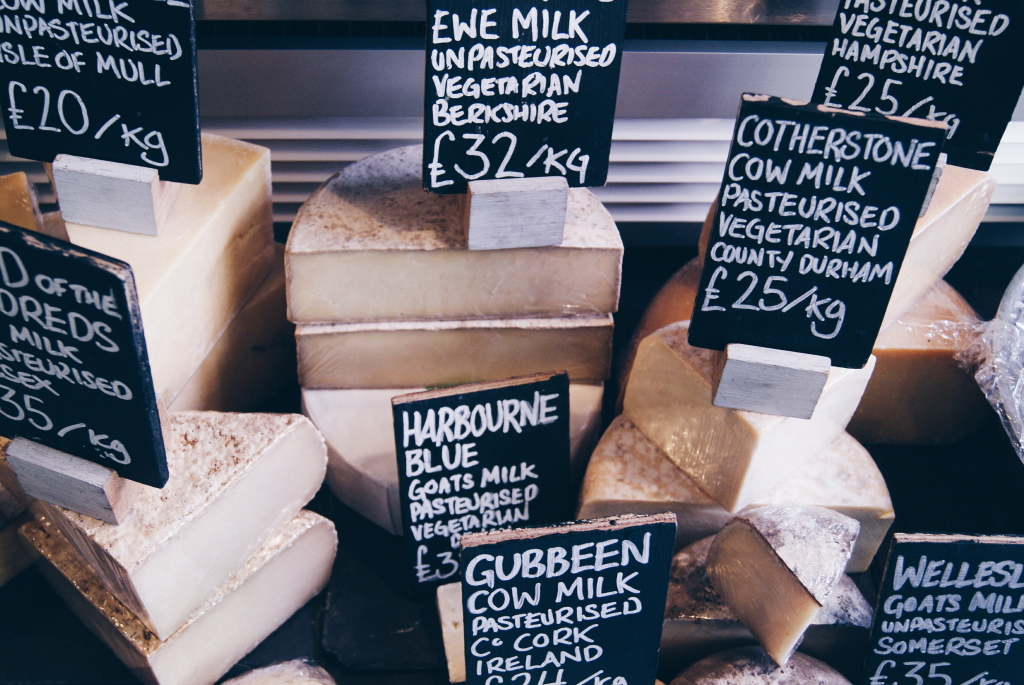
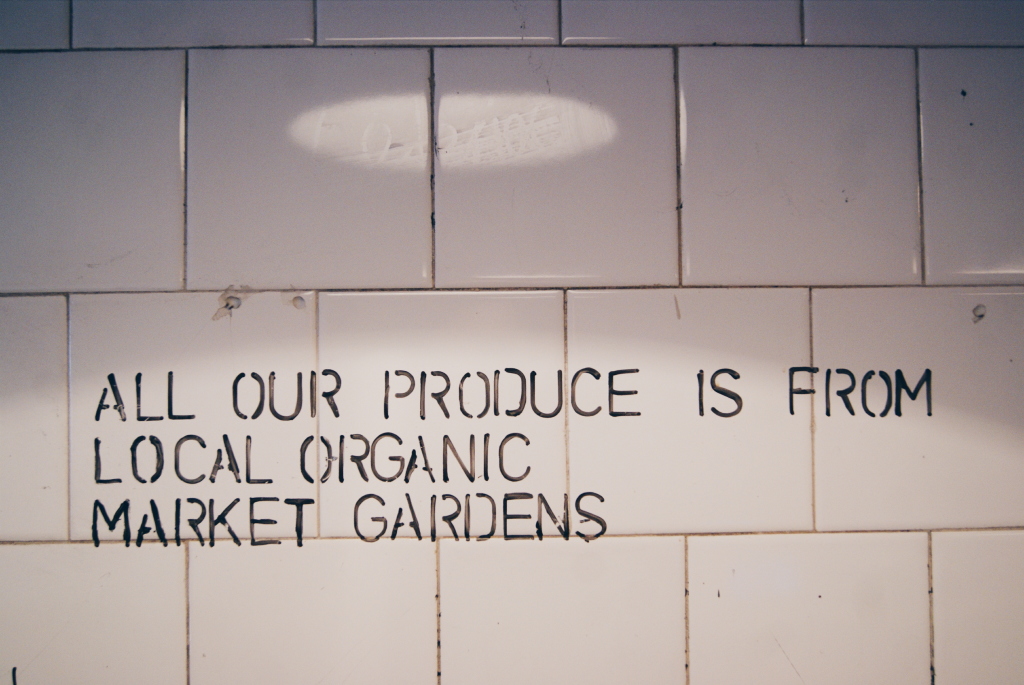
[…] Related post: Oxford’s Local Food Movement […]
[…] of – it will be displayed just under the username, see the photos below where I’ve tagged ‘Turl Street Kitchen’ in Oxford. Click on the tag to be taken to a map with a pin showing where the place is, followed by all the […]
[…] also really enjoyed reading about Emma’s exploration of the Oxford food scene on Gotta Keep Movin’. It’s a place I know well, but she’s given me a new side of […]
[…] draws me to Oxford and I feel enamoured with it whenever I’m there. I’ve recently added Oxford local food to that list of loves too; having just written a piece on the subject I’ve been lucky enough […]
Wonderful article! My account just got hacked…and all my enthusiasm for writing about food/agriculture had gone for a while. As an Oxford born and bred, this has made it return. Thanks!
I may have stolen this article and I may have put it on my site. You may be angry. You may be ok with it. I hope it’s the latter.
Luckily for you, I’m just about okay with that mate – but if my Google ranks start to suffer (because the big bad bosses don’t like duplicate content…) then I’ll know who to blame 😉